Home>Garden Essentials>How Long Does It Take To Grow A Tomato From Seed
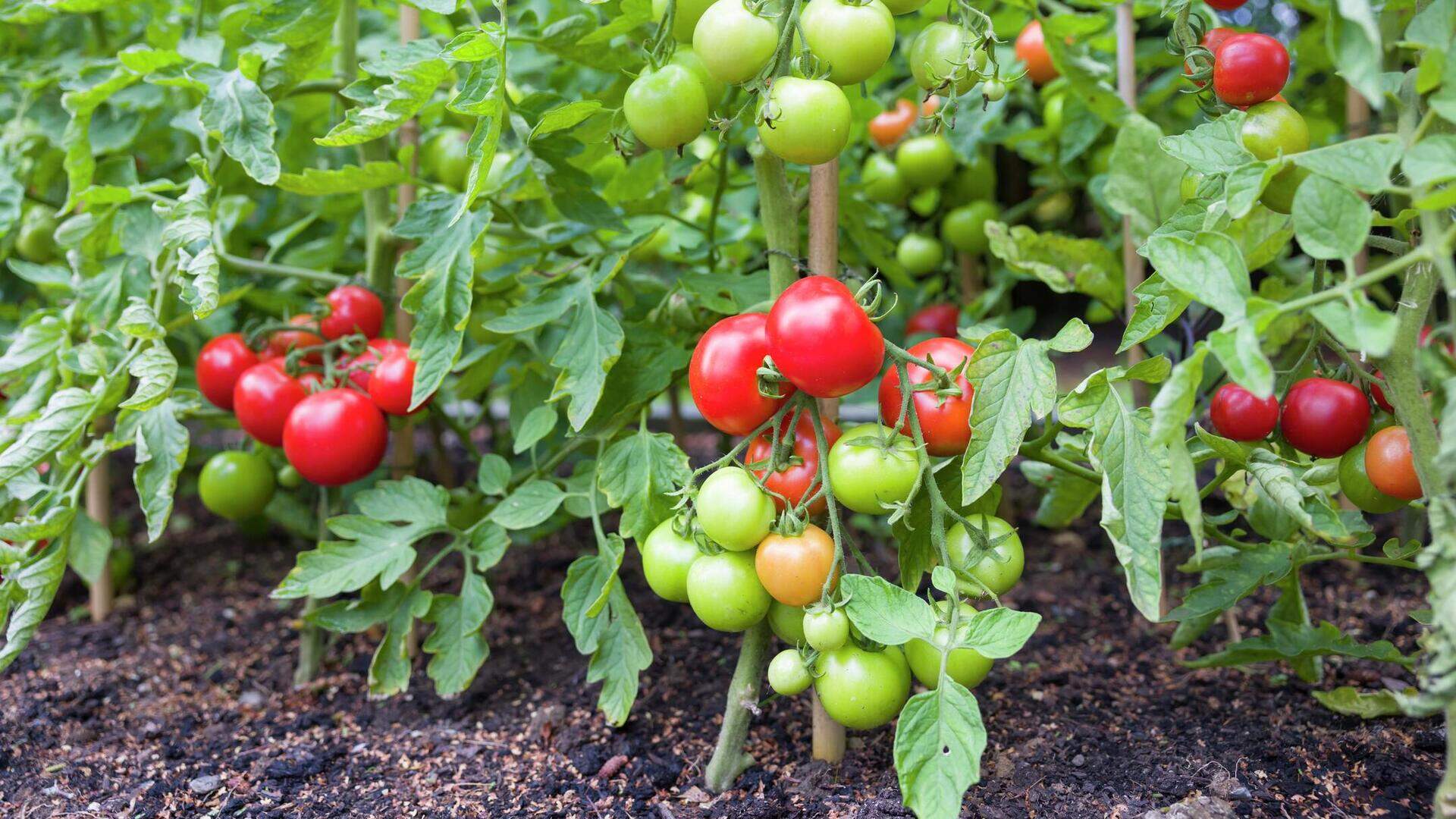

Garden Essentials
How Long Does It Take To Grow A Tomato From Seed
Modified: March 15, 2024
Learn how long it takes to grow a tomato from seed in your garden. Discover tips and tricks for a successful homegrown harvest!
(Many of the links in this article redirect to a specific reviewed product. Your purchase of these products through affiliate links helps to generate commission for Storables.com, at no extra cost. Learn more)
Introduction
Growing tomatoes from seeds can be a rewarding and fulfilling experience for garden enthusiasts. Whether you’re a seasoned gardener or a beginner, learning how long it takes for a tomato seed to grow into a full-fledged plant is crucial to planning your gardening activities.
Tomatoes are among the most popular vegetable crops, thanks to their versatility in the kitchen and vibrant colors in the garden. However, the journey from seed to fruit-bearing plant requires time, patience, and a nurturing environment.
In this article, we will explore the various factors that affect tomato seed germination, the time it takes for seeds to sprout and grow into seedlings, and the optimal conditions for their development. We will also delve into the process of transplanting seedlings into the garden and discuss the time it takes for tomato plants to reach maturity and yield a bountiful harvest.
So, if you’re eager to embark on your tomato-growing adventure, let’s dive in and discover the timeline of this fascinating journey!
Key Takeaways:
- It takes 5 to 10 days for tomato seeds to germinate, but factors like temperature and moisture can affect the process. Providing the right conditions can help increase germination success.
- Tomato plants take around 60 to 80 days to mature after transplanting. Determinate varieties mature faster, while indeterminate types offer a continuous harvest. Proper care and monitoring ensure flavorful, homegrown tomatoes.
Factors Affecting Tomato Seed Germination
Tomato seed germination is influenced by several key factors that can determine the success of your seed starting endeavors. Understanding these factors will help you create an ideal environment for your tomato seeds to sprout and thrive.
Temperature: Temperature plays a crucial role in seed germination. Tomato seeds require a relatively warm environment to germinate, with an optimal temperature range between 70 to 85 degrees Fahrenheit (21 to 29 degrees Celsius). Lower temperatures can significantly slow down germination or even inhibit it altogether.
Moisture: Adequate moisture is essential for seed germination. The soil should be moist, but not overly saturated. Too much water can cause the seeds to rot, while insufficient moisture can lead to seed dormancy. To maintain optimal moisture levels, it’s important to water the seeds regularly without drowning them.
Light: Tomato seeds do not require light to germinate. In fact, they germinate best in darkness. However, once they have sprouted, they need ample light to grow into healthy seedlings. Providing 12 to 16 hours of bright, indirect light each day will help promote strong and vigorous growth.
Soil Quality: The quality of the soil is another crucial factor. Using a well-draining, nutrient-rich potting mix or seed-starting mix is recommended. A mix specifically formulated for seed starting will provide the necessary balance of moisture retention and drainage, ensuring optimal conditions for germination.
Seed Viability: The viability of the tomato seeds themselves can greatly impact germination success. It’s crucial to use fresh, high-quality seeds from a reliable source. The older the seeds, the lower their germination rate. To ensure the best chances of success, it’s a good idea to test a small batch of seeds by placing them on a damp paper towel inside a plastic bag and observing how many germinate within a week or two.
Seed Depth: Another factor to consider is the depth at which the seeds are planted. Tomato seeds should be planted at a depth of around ¼ to ½ inch (6 to 12 mm) in the soil. Planting them too shallow or too deep can affect germination rates and the subsequent growth of the seedlings.
Seed Treatment: Some gardeners choose to pre-treat tomato seeds prior to planting to enhance germination. This can involve methods such as soaking the seeds in warm water overnight or using a seed inoculant to promote faster and more uniform germination.
By taking these factors into account and providing the ideal conditions for tomato seed germination, you can increase your chances of success and give your seedlings a strong start towards becoming thriving tomato plants.
Germination Time for Tomato Seeds
Tomato seeds typically take around 5 to 10 days to germinate, though this can vary depending on various factors such as temperature, moisture, and seed quality. The germination process begins when the seed absorbs water and the embryo inside the seed swells and breaks through the seed coat.
When you sow tomato seeds, you will first notice the emergence of tiny, white roots known as radicles. These roots will anchor the seedling into the soil and provide it with water and nutrients. Shortly after, the cotyledons, or seed leaves, will emerge from the seed and unfurl. These initial leaves provide temporary nourishment until the true leaves begin to grow.
It’s important to note that germination times can vary between different tomato varieties. Some varieties may sprout earlier, while others may take a little longer. Additionally, different environmental conditions can also affect germination speed.
To maximize germination rates and speed up the process, ensure that the seeds are kept at the ideal temperature range of 70 to 85 degrees Fahrenheit (21 to 29 degrees Celsius). This can be achieved by using a heat mat or placing the seed trays in a warm location.
Consistent moisture is another crucial factor. While you don’t want to overwater the seeds, it’s important to keep the seed-starting mix consistently moist. Covering the seed trays with a clear plastic dome or using a plastic wrap can help retain moisture and create a mini greenhouse effect.
Providing sufficient light is not necessary during the germination process as the seeds germinate best in darkness. However, once the seedlings have emerged, it’s important to provide them with bright, indirect light for healthy growth.
By closely monitoring the germination process and providing the optimal conditions for your tomato seeds, you can ensure a higher germination success rate and get your seedlings off to a great start.
Optimal Growing Conditions for Tomato Seedlings
Once your tomato seeds have successfully germinated and the seedlings have emerged, it’s crucial to provide them with the optimal growing conditions to ensure healthy growth and development.
Light: Tomato seedlings require bright, indirect light to thrive. Place them in a location where they can receive 12 to 16 hours of sunlight each day. If natural light is insufficient, supplement it with artificial grow lights, positioning them a few inches above the seedlings to mimic the intensity of sunlight.
Temperature: Tomato seedlings thrive in warm temperatures. During the day, maintain a temperature range of 65 to 75 degrees Fahrenheit (18 to 24 degrees Celsius) and slightly cooler temperatures at night. A consistent temperature is important to avoid stress on the seedlings, so consider using heating mats or adjusting the room temperature accordingly.
Humidity: Tomatoes prefer a slightly humid environment. To increase humidity, you can use a humidity dome or cover the seedling trays with plastic wrap until the seedlings have grown a few inches tall. Be sure to remove the cover once the seedlings start touching it to prevent dampening off disease.
Air Circulation: Good air circulation helps prevent diseases and fungal issues. Place a fan nearby on low or use gentle air movement from an open window to create a mild breeze. This will also help strengthen the stems of the seedlings.
Watering: Tomato seedlings require consistent moisture, but overwatering can lead to root rot. Water your seedlings when the top inch of the soil feels dry, using a gentle stream of water to moisten the soil surface. Aim to keep the soil evenly moist but not saturated.
Fertilizer: Once the seedlings have developed their first true leaves, you can start feeding them with a balanced, water-soluble fertilizer. Dilute the fertilizer according to package instructions and apply it once a week to provide essential nutrients for healthy growth.
Transplanting: As the seedlings grow, they will need to be transplanted into larger pots or containers. This should be done when the seedlings have two to three sets of true leaves. Use a well-draining potting mix and gently tuck the seedlings into their new homes, being mindful not to damage the delicate roots.
Hardening Off: Before transplanting your tomato seedlings into the garden, it’s important to harden them off. This involves gradually exposing them to outdoor conditions over the course of a week or two. Start by placing them in a sheltered spot for a few hours a day, gradually increasing their exposure to sunlight and fluctuating temperatures.
By providing these optimal growing conditions for your tomato seedlings, you will set them on the path to becoming healthy and robust plants ready for transplanting into the garden.
Tomatoes take 5-10 days to germinate, 5-7 weeks to grow into seedlings, and 50-85 days to produce ripe fruit after transplanting outdoors.
Transplanting Tomato Seedlings into the Garden
Transplanting tomato seedlings into the garden is an exciting step toward enjoying a bountiful harvest. When the weather has warmed, and the seedlings have grown a few inches tall with at least two sets of true leaves, it’s time to prepare them for their new outdoor home.
Here are some important steps to follow when transplanting tomato seedlings:
- Selecting the Right Location: Choose a sunny spot in your garden with well-draining soil. Tomatoes thrive in full sun, which means they need at least 6 to 8 hours of direct sunlight each day. Additionally, ensure that the soil is rich in organic matter and has a pH level between 6.0 and 7.0.
- Preparing the Soil: Before transplanting, prepare the soil by loosening it with a garden fork or tiller. Remove weeds and incorporate compost or well-rotted manure to improve fertility and drainage. This will provide a nutrient-rich environment for your tomato plants.
- Transplanting with Care: Dig a hole slightly larger than the size of the seedling’s root ball. Gently remove the seedling from its pot, being careful not to damage the roots. Place the seedling in the hole, ensuring that the soil level matches the level of the seedling’s soil in the pot. Firmly but gently press the soil around the base of the seedling to secure it.
- Spacing: Tomatoes need enough space to grow and develop fully. Leave about 24 to 36 inches (61 to 91 cm) between each plant to allow air circulation and prevent overcrowding. This spacing also allows room for stakes or cages to support the plants as they grow.
- Watering: After transplanting, water the seedlings thoroughly to settle the soil and eliminate air pockets around the roots. Providing ample moisture at this stage helps the seedlings establish their root system in their new environment.
- Protecting the Seedlings: If the weather is still cool or there is a chance of frost, protect your seedlings with row covers or cloches. These can provide insulation and protect the fragile seedlings from adverse weather conditions.
- Supporting the Plants: Tomato plants benefit from support as they grow to keep the foliage off the ground. Install stakes or cages near each plant to provide support for the sprawling branches and heavy fruit. This will help prevent diseases and allow for better air circulation around the plants.
Remember to monitor the moisture levels of the soil and water the plants regularly, especially during dry periods. Additionally, keep an eye out for pests and diseases and take appropriate measures to protect your tomato plants.
By following these transplanting guidelines, you give your tomato seedlings the best start in the garden and set the stage for a successful growing season.
Read more: How Long Do Tomato Seeds Take To Grow
Time to Maturity for Tomato Plants
Tomato plants require time to mature and produce ripe, juicy fruits. The time it takes for tomato plants to reach maturity depends on several factors, including the variety of tomato, growing conditions, and cultivation practices.
On average, most tomato plants take approximately 60 to 80 days from transplanting to reach maturity. However, it’s important to note that this is just an estimate, and the actual time may vary depending on the specific variety and environmental factors.
There are mainly two different types of tomato plants: determinate and indeterminate.
- Determinate Tomatoes: Determinate or bush-type tomatoes are compact, with a predetermined size and growth habit. These varieties tend to mature and produce their fruit over a relatively short period, typically within 60 to 70 days. They are ideal for gardeners who prefer a concentrated harvest or have limited space.
- Indeterminate Tomatoes: Indeterminate tomatoes are vining plants that continue to grow and produce fruit until frost or adverse conditions set in. These varieties have a longer maturity period, usually ranging from 70 to 90 days or more. Indeterminate tomatoes offer a continuous harvest throughout the growing season.
It’s important to keep in mind that the advertised “days to maturity” for different tomato varieties may vary. Factors such as weather conditions, available sunlight, soil fertility, and proper care can also influence the plant’s growth rate and maturity.
Regularly monitor and care for your tomato plants as they mature. Water them consistently, being careful not to overwater or allow the soil to dry out. Mulching around the base of the plants can help retain moisture and regulate soil temperature. Additionally, keep an eye out for common tomato pests and diseases, taking immediate action to mitigate any issues that arise.
As the tomato fruits reach their desired size and color, they are ready for harvest. The exact time for harvesting will vary depending on the specific variety and personal preference. Generally, tomatoes are harvested when they have reached their full size, are firm but slightly soft to the touch, and have developed their characteristic color.
It’s essential to harvest your tomatoes before they become overripe or start to rot on the plant. Gently twist or cut the fruits from the vine, being careful not to damage the plant or neighboring fruits.
By allowing your tomato plants the necessary time to reach maturity and providing proper care throughout their growth cycle, you can enjoy a flavorful and abundant harvest of homegrown tomatoes.
Harvesting Tomatoes from Seed-Grown Plants
Harvesting tomatoes from seed-grown plants is a rewarding experience that allows you to enjoy the fruits of your labor. As your tomato plants mature and produce an abundance of ripe, juicy tomatoes, it’s important to know the best practices for harvesting them to maximize flavor and quality.
Here are some tips on how to harvest tomatoes from seed-grown plants:
- Observe fruit color: Tomatoes come in various colors, including red, yellow, orange, green, and even purple. Pay attention to the specific color characteristics of the variety you are growing, as this will indicate the ripeness of the fruit. Each variety has its own optimal ripeness stage for harvesting.
- Check firmness: Gently squeeze the tomato to assess its firmness. Ripe tomatoes should give slightly under gentle pressure but still feel relatively firm. Avoid harvesting tomatoes that are overly soft or mushy, as they may be overripe or starting to spoil.
- Harvest when fully colored: For best flavor and optimal sweetness, allow the tomatoes to fully develop their color before harvesting. Red tomatoes should be a deep, vibrant red, while yellow or orange tomatoes should have a bright, rich hue. Green tomatoes can be harvested when they have reached their full size and have a slight blush of color.
- Use the twist and snap method: To harvest tomatoes, hold the fruit gently and twist it off the stem. If the tomato does not easily detach, use a clean pair of garden shears or scissors to snip the stem just above the calyx, the green leafy part where the tomato attaches to the plant.
- Harvest regularly: Inspect your tomato plants regularly and harvest ripe fruits as they become ready. Regular harvesting encourages the plants to continue producing new fruit throughout the growing season. Leaving overripe or damaged tomatoes on the plant can attract pests and disease.
- Handle with care: Tomatoes are delicate fruits, so handle them with care to avoid bruising or damaging the skin. Place harvested tomatoes in a shallow container or basket, being careful not to stack them on top of one another. This helps prevent unnecessary pressure and extends their shelf life.
Once you have harvested your tomatoes, it’s important to store them properly to maintain their flavor and longevity. Avoid refrigerating tomatoes unless they are fully ripened and you plan to use them within a day or two. Instead, store them in a cool, dry place away from direct sunlight.
Tomatoes harvested from seed-grown plants are a true delight, embodying the fruits of your gardening efforts. By following these harvesting guidelines, you can enjoy the flavors of homegrown tomatoes from plant to plate!
Conclusion
Growing tomatoes from seeds is a gratifying adventure that allows you to cultivate your own delicious and nutritious produce right in your backyard. Understanding the various stages of tomato growth, from seed germination to maturity and harvest, is essential for a successful gardening experience.
Factors such as temperature, moisture, light, soil quality, and seed viability all play crucial roles in the germination of tomato seeds. By providing the optimal conditions for germination, you can increase the chances of successful sprouting and healthy seedling development.
Once the seedlings have emerged, they require the right growing conditions to thrive. Ample sunlight, appropriate temperatures, adequate humidity, and regular watering are essential for strong and healthy tomato plants.
Transplanting seedlings into the garden is an important step in the tomato-growing process. Choose a sunny spot with well-draining soil, take care when transplanting the seedlings, and ensure they are adequately supported and protected from unfavorable weather conditions.
The time it takes for tomato plants to reach maturity varies depending on the variety and environmental factors. Determinate tomatoes typically reach maturity faster than indeterminate varieties. Regular monitoring, proper care, and harvesting ripe tomatoes at their optimal stage ensure the best flavor and quality.
Harvesting tomatoes from seed-grown plants involves paying attention to the fruit’s color, firmness, and ripeness. By following proper harvesting techniques and handling the tomatoes with care, you can enjoy the taste of homegrown tomatoes and savor the rewards of your gardening efforts.
In conclusion, growing tomatoes from seeds provides a rewarding experience. By understanding the various stages of tomato growth and providing the ideal conditions for germination, growth, and harvest, you can enjoy a bountiful crop of flavorful and nutritious tomatoes straight from your garden.
Frequently Asked Questions about How Long Does It Take To Grow A Tomato From Seed
Was this page helpful?
At Storables.com, we guarantee accurate and reliable information. Our content, validated by Expert Board Contributors, is crafted following stringent Editorial Policies. We're committed to providing you with well-researched, expert-backed insights for all your informational needs.
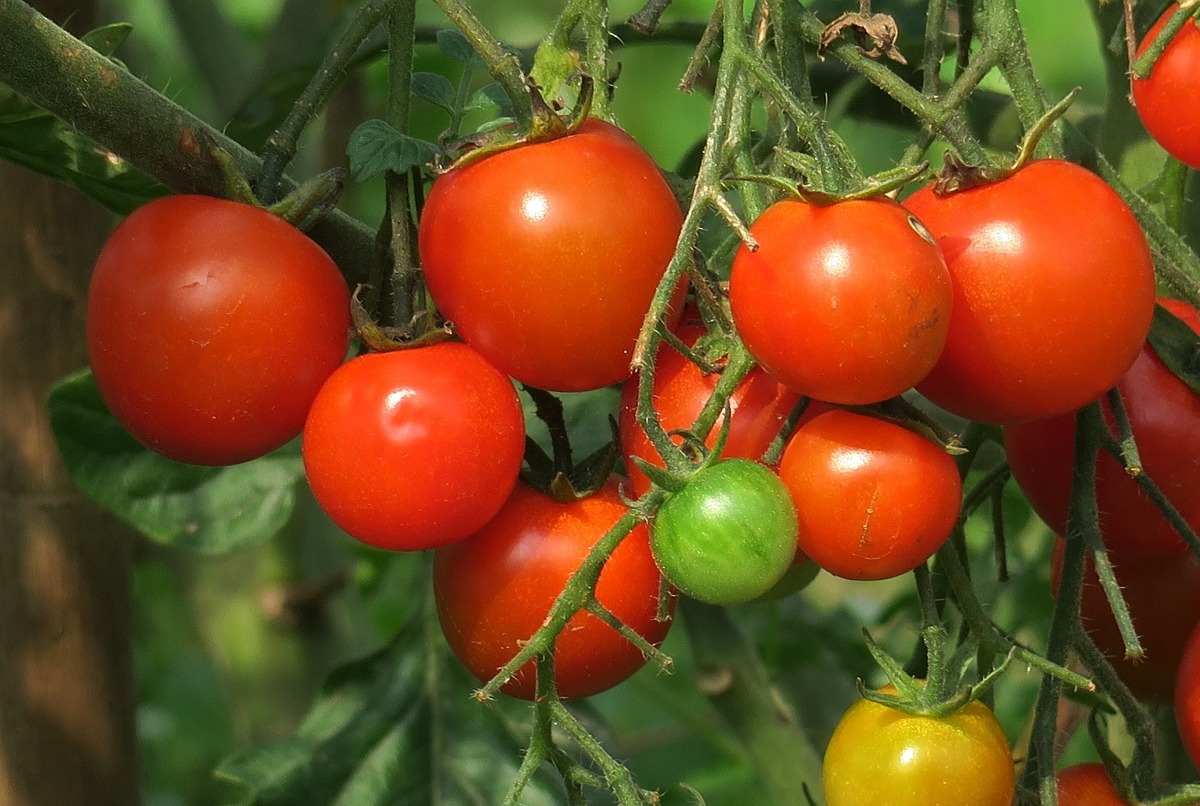
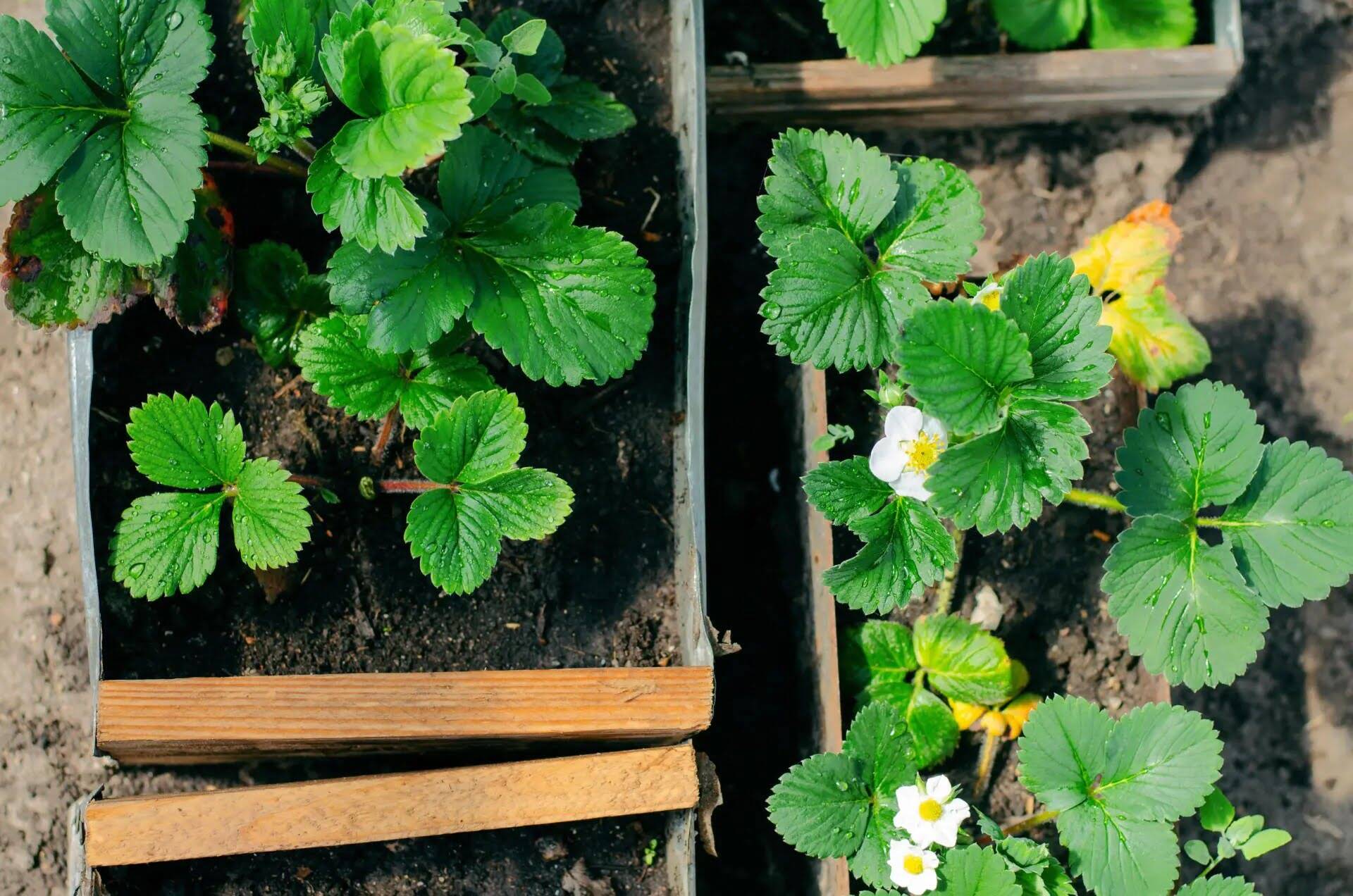
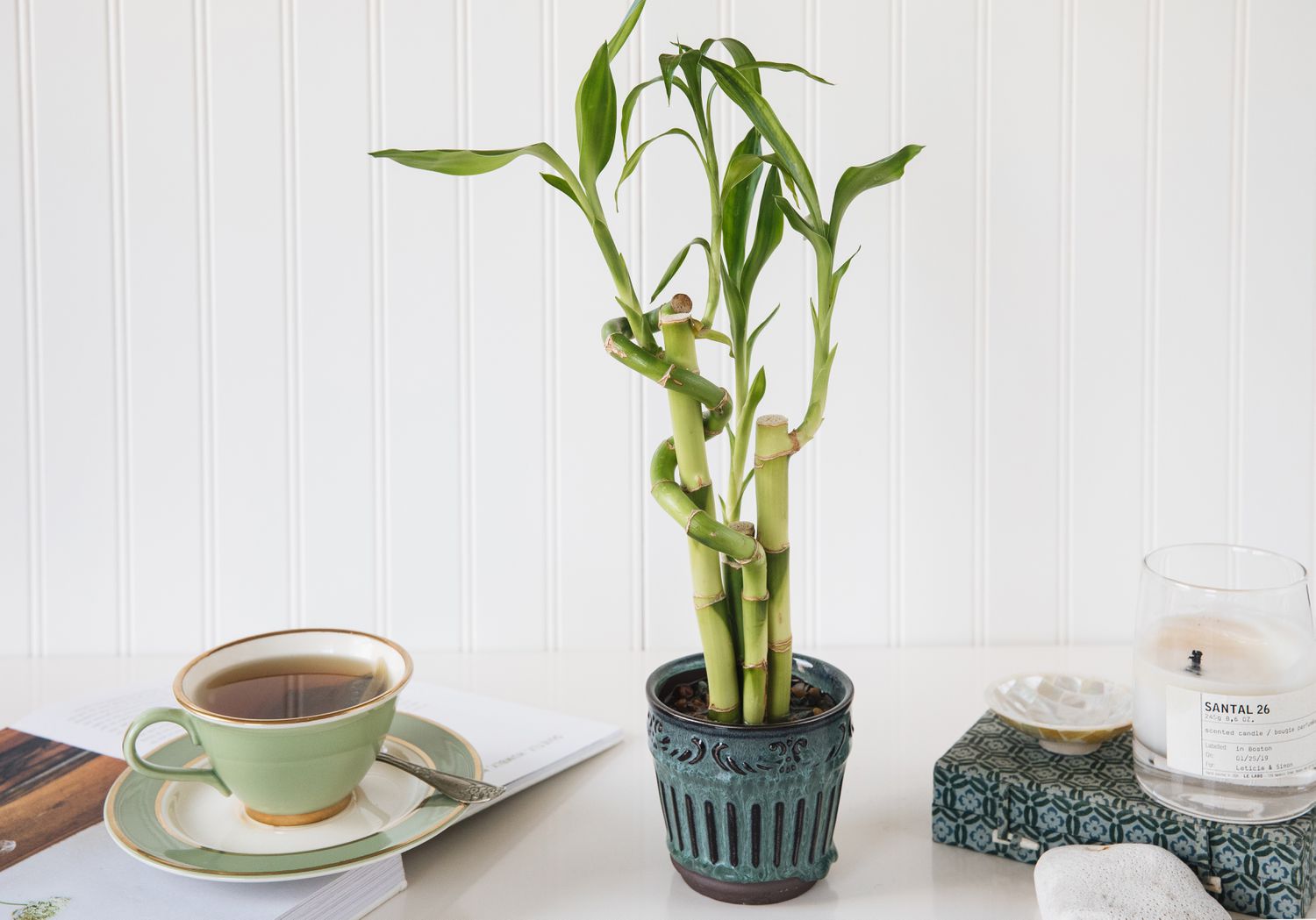
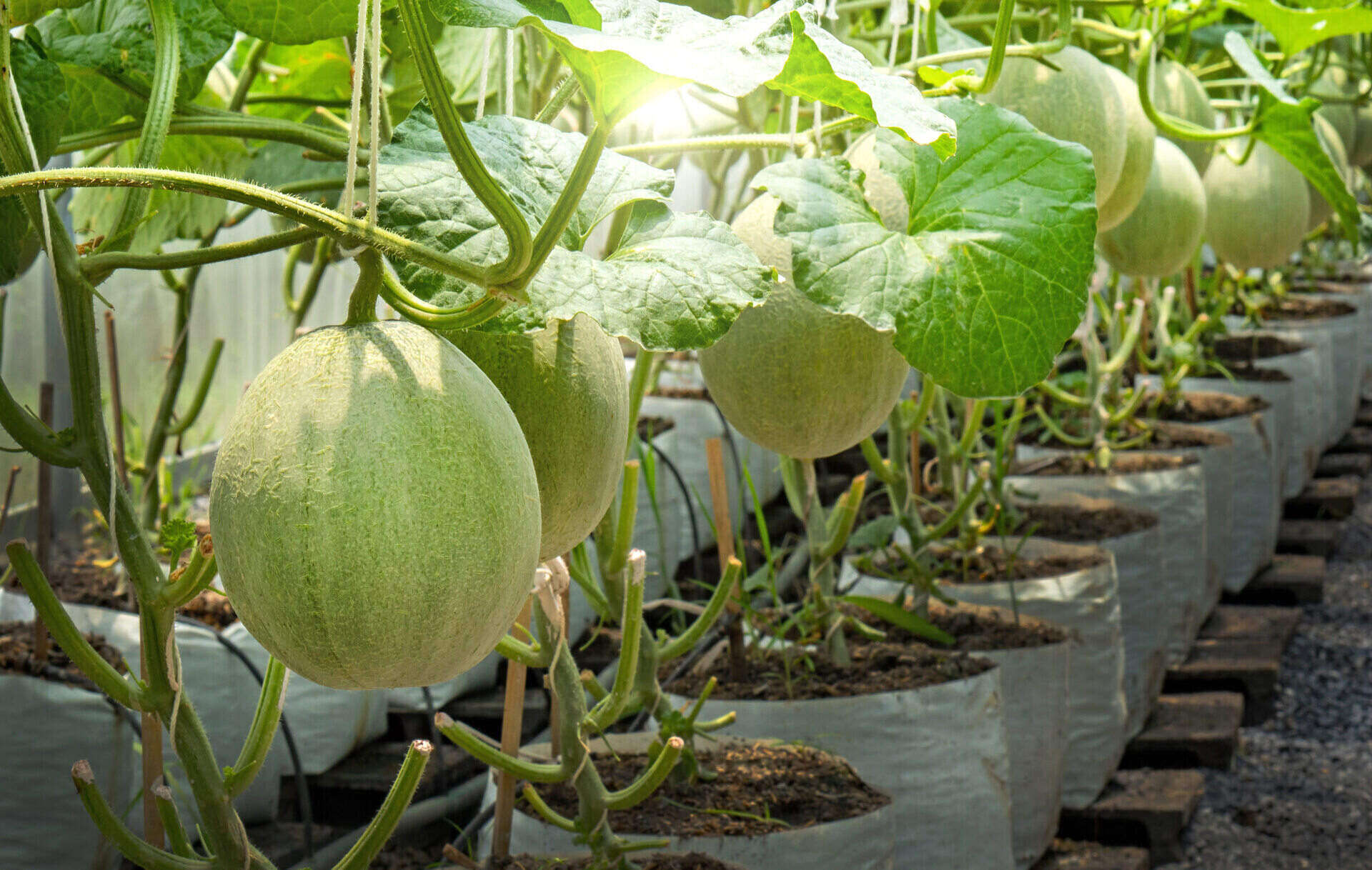
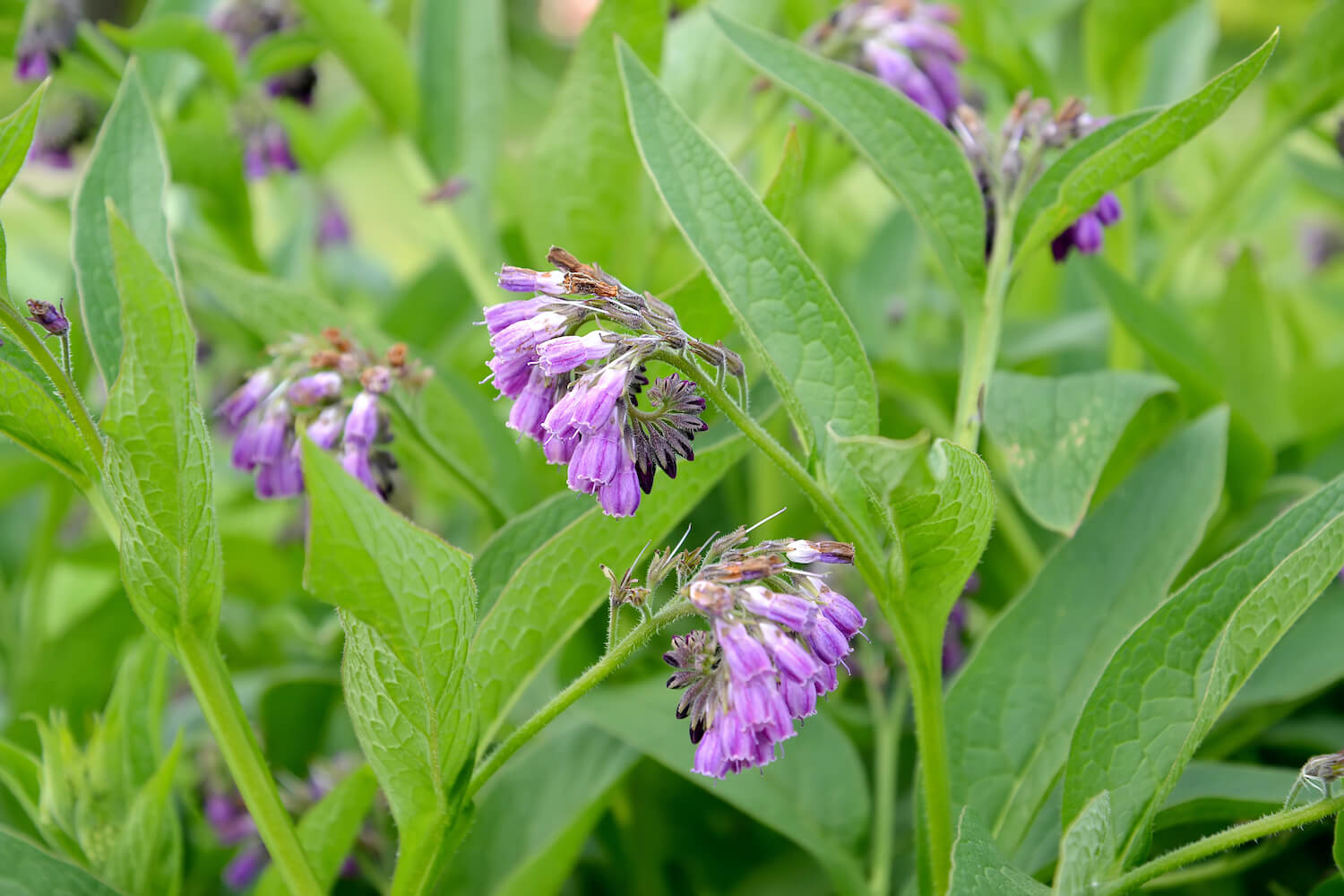
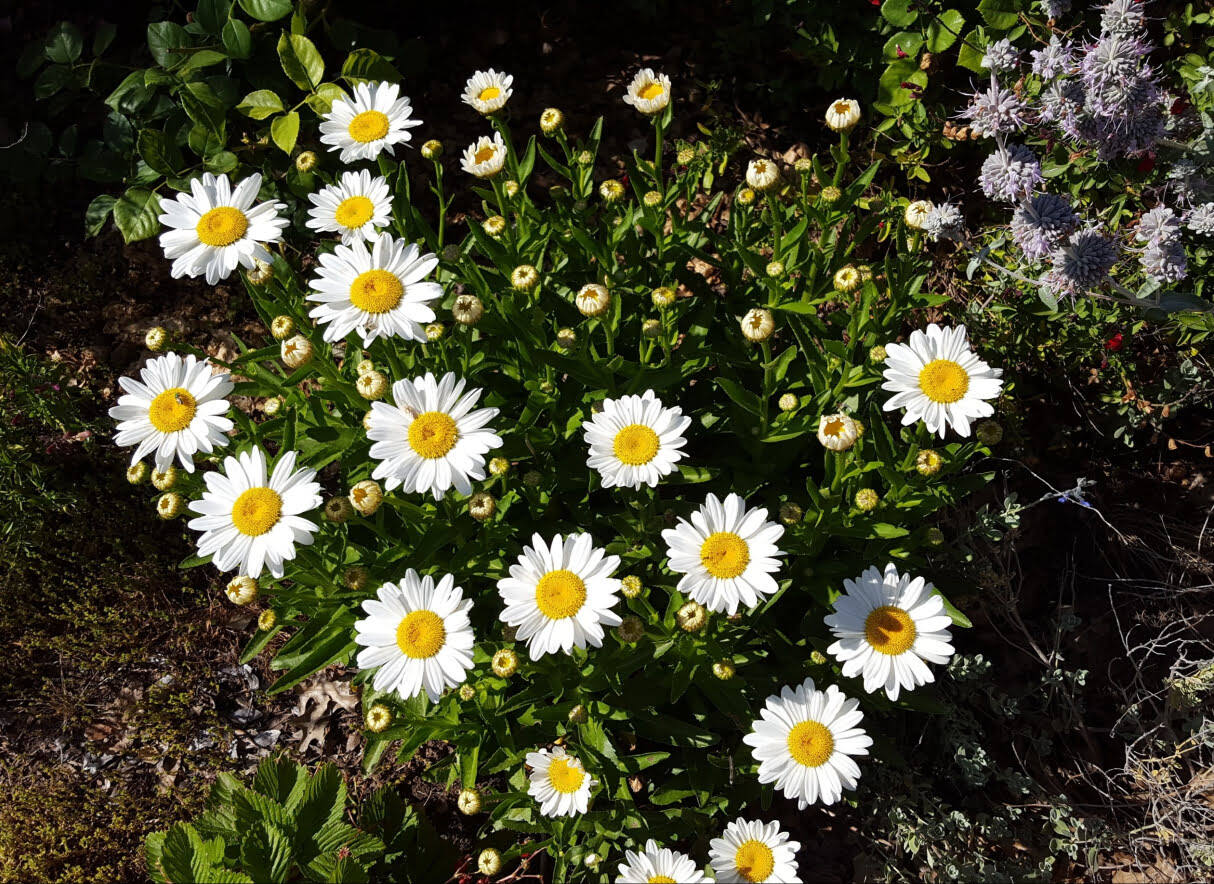
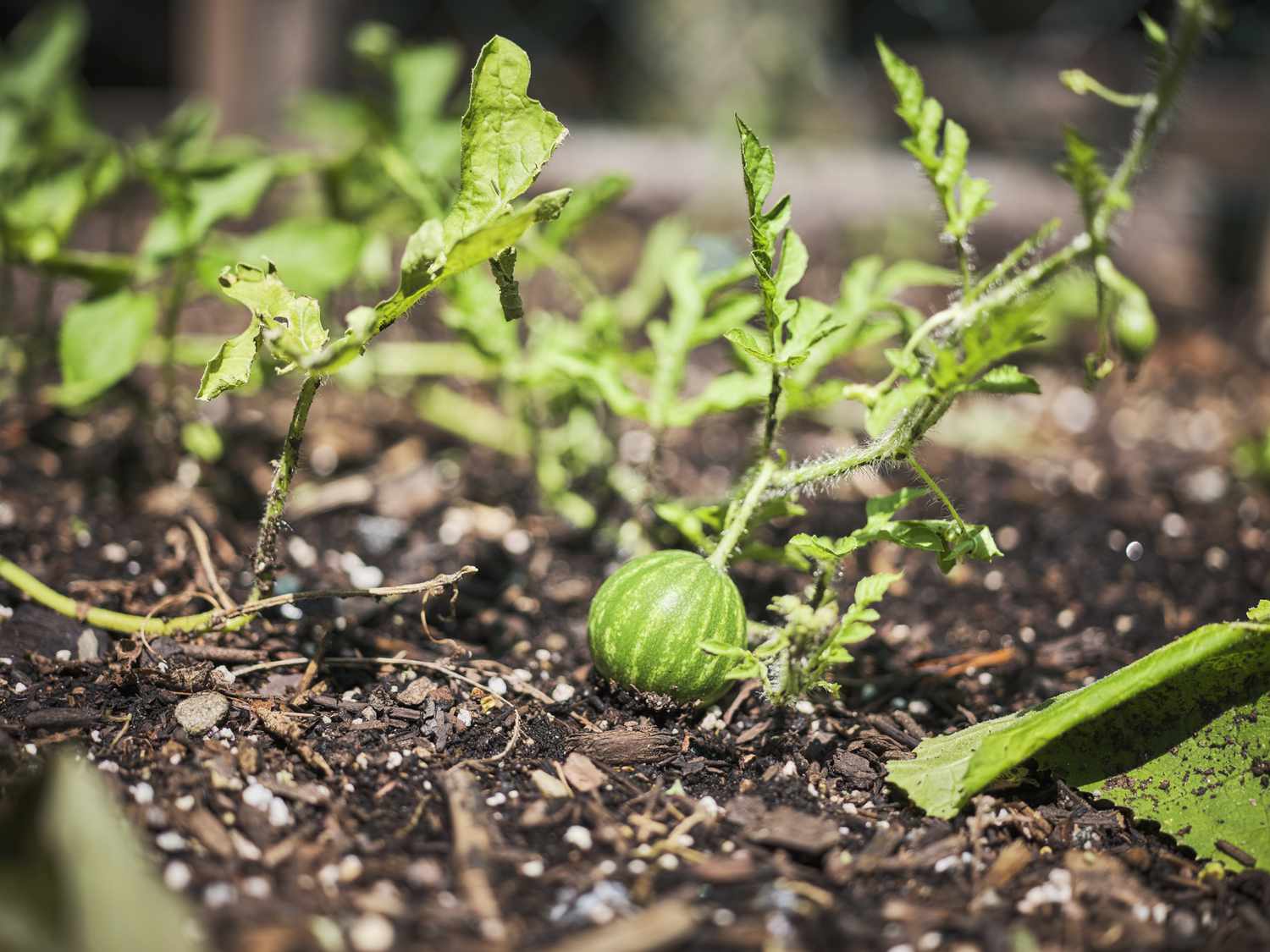
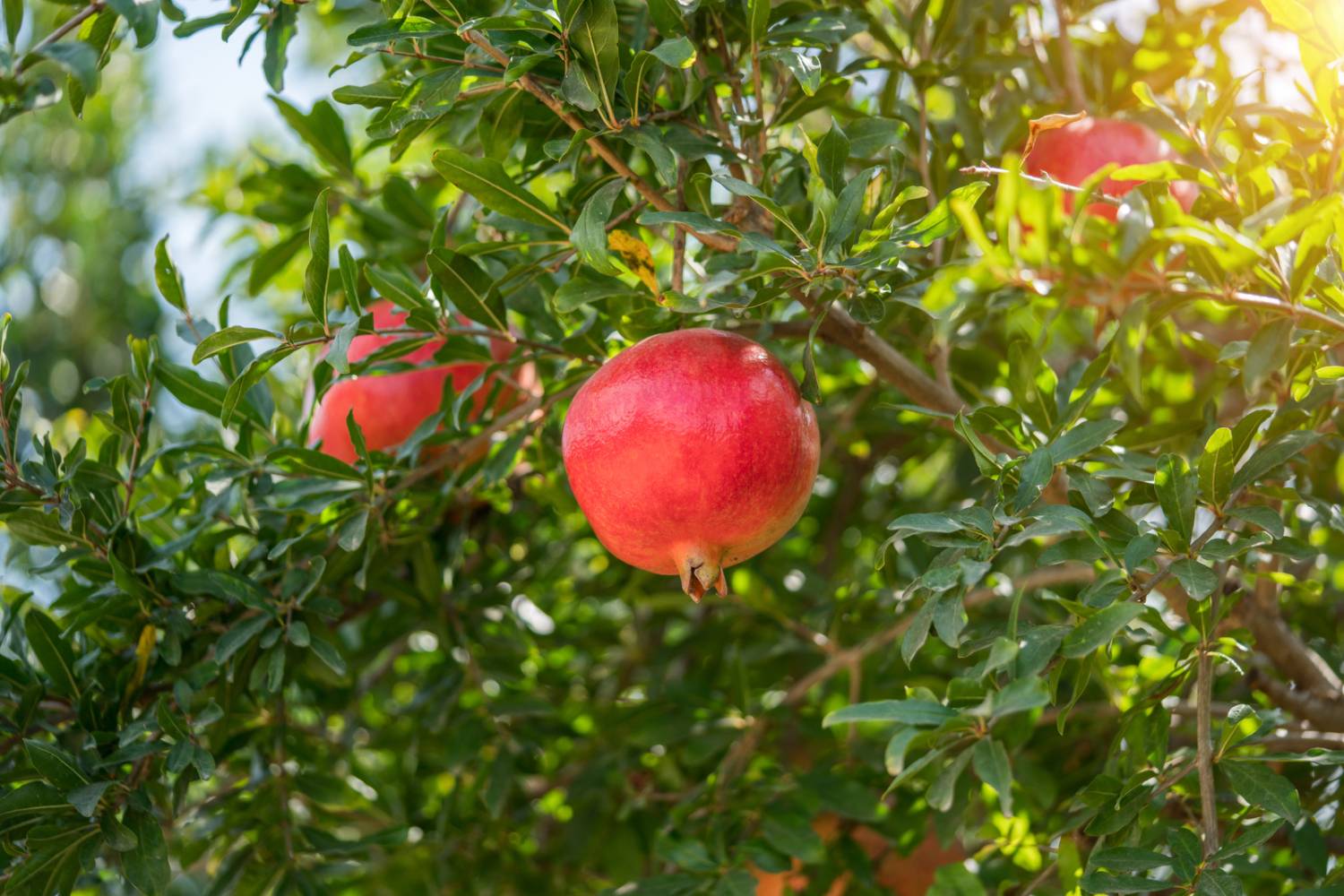
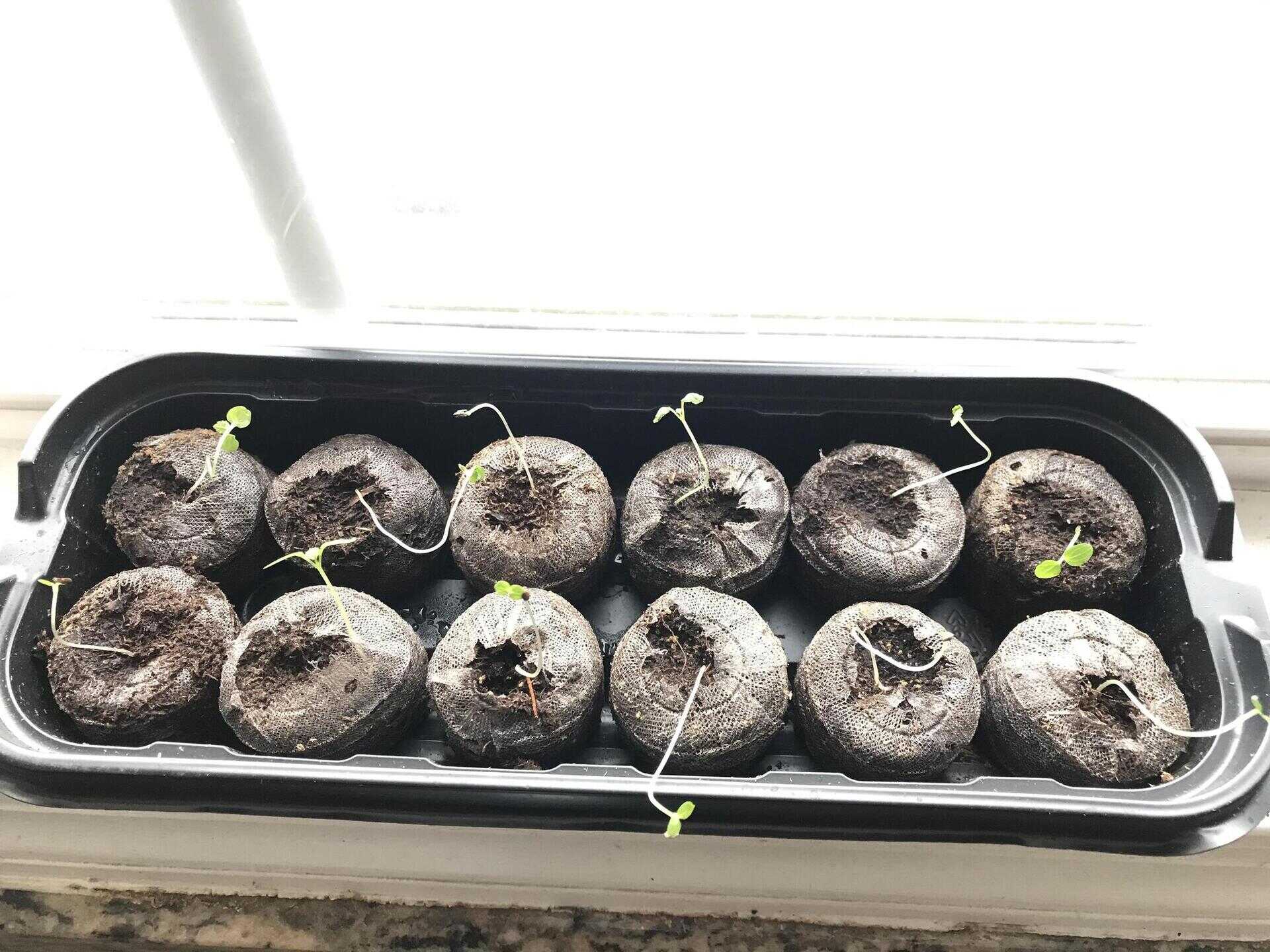
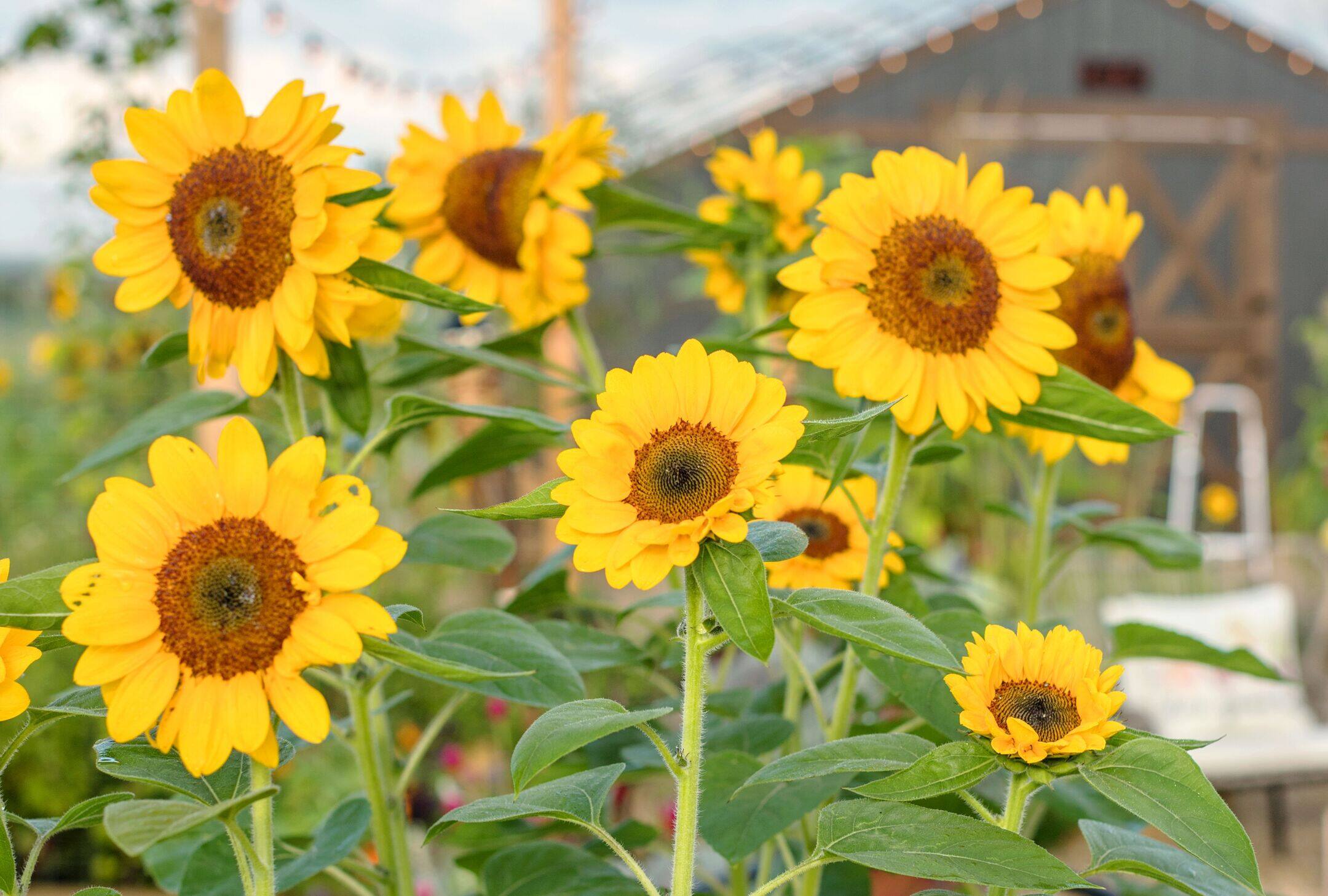
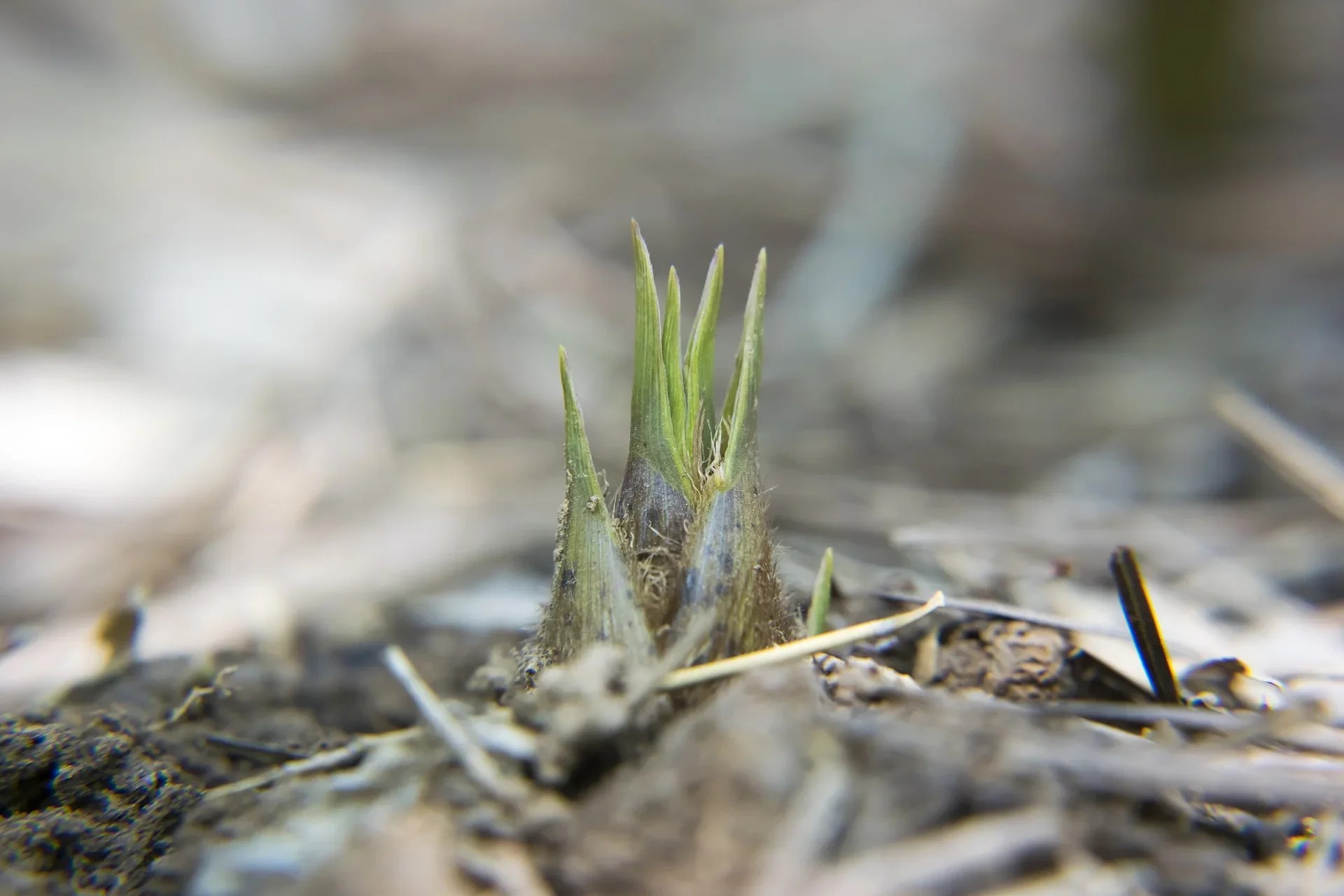
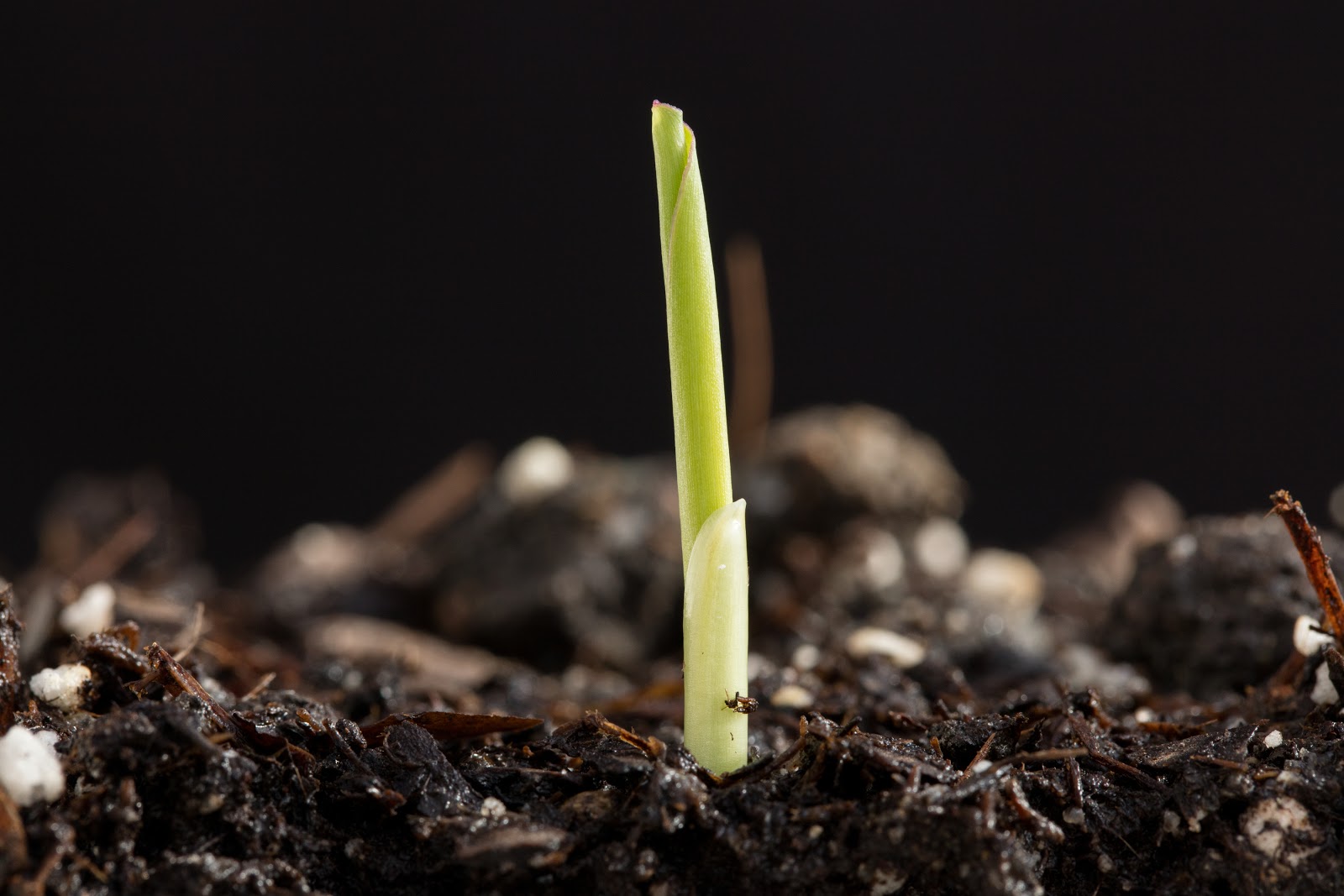
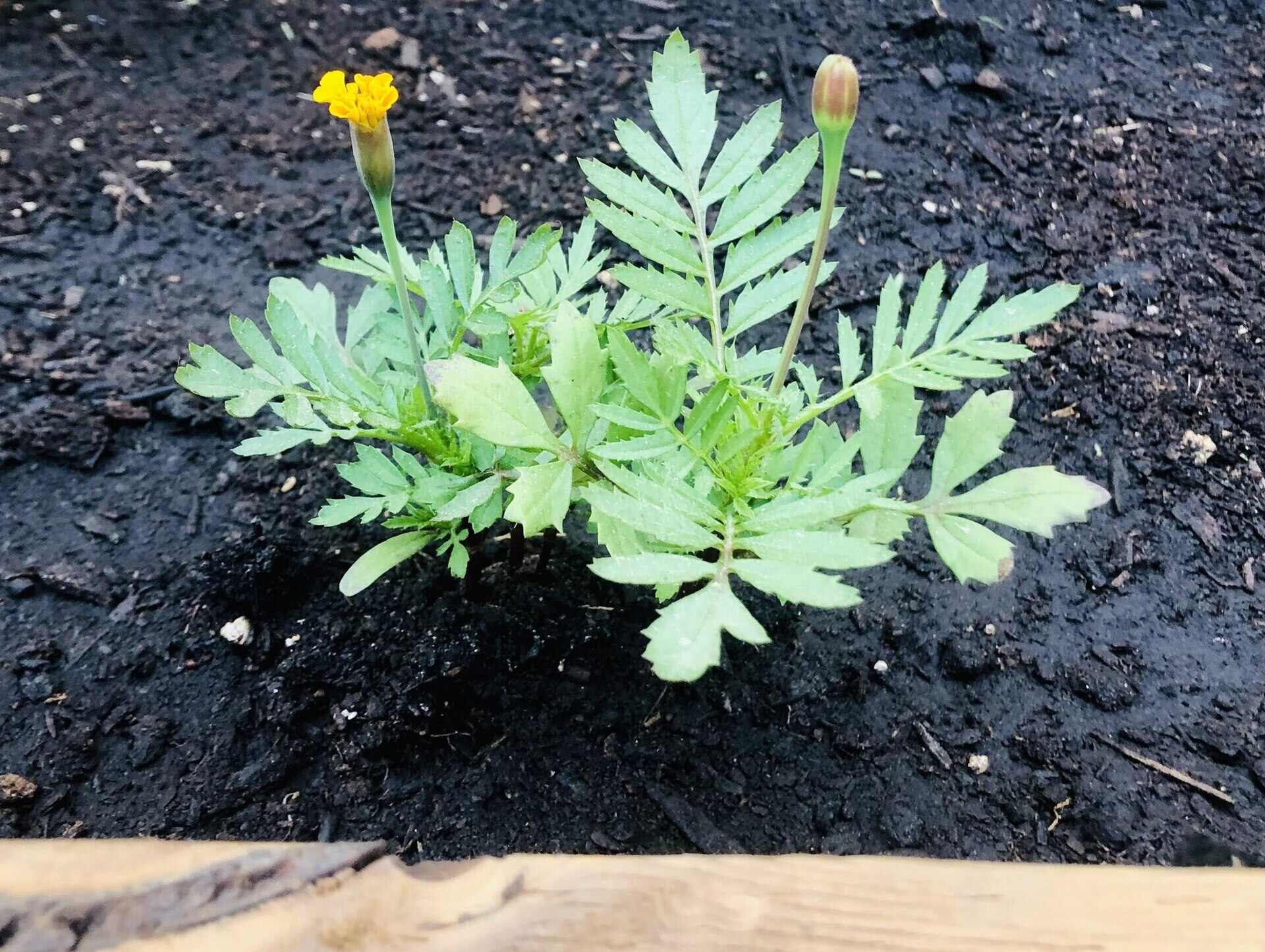
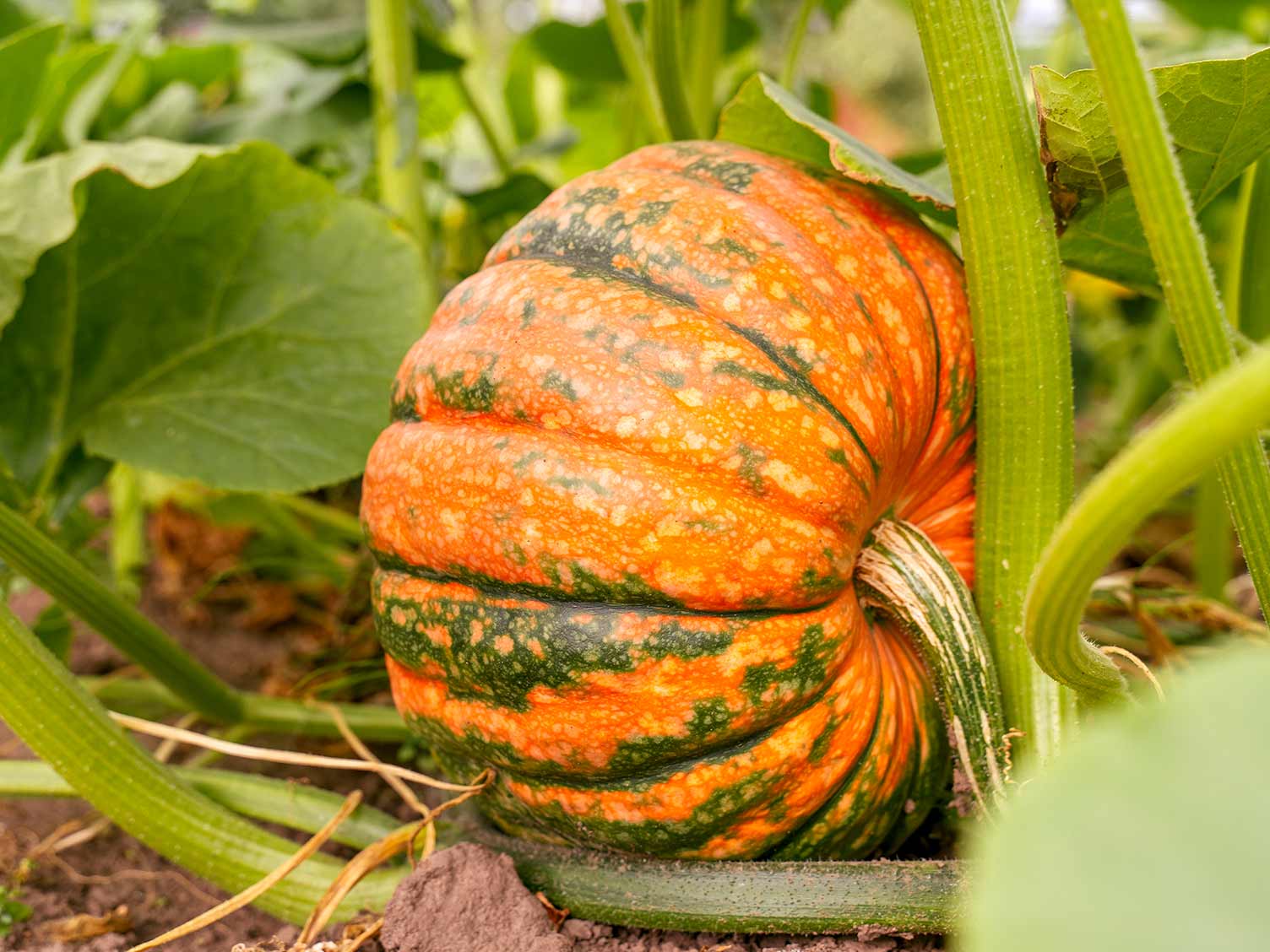

0 thoughts on “How Long Does It Take To Grow A Tomato From Seed”